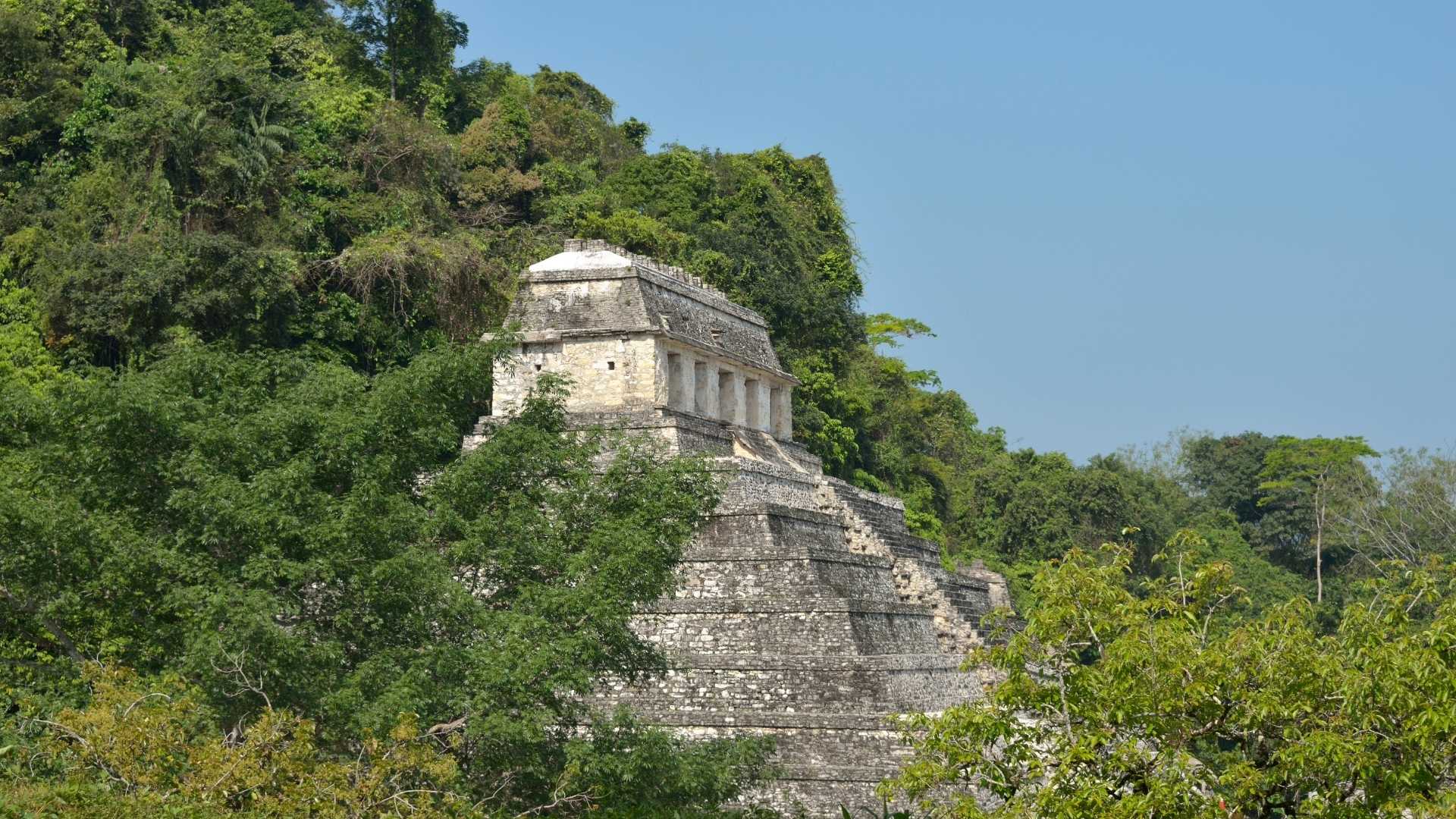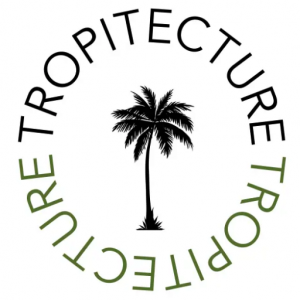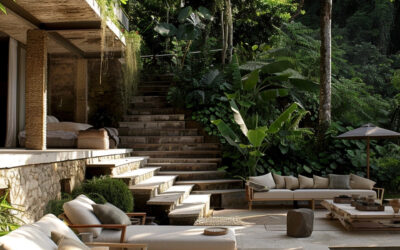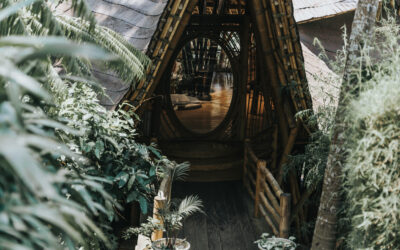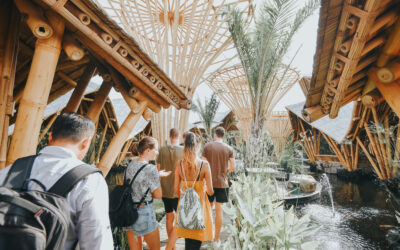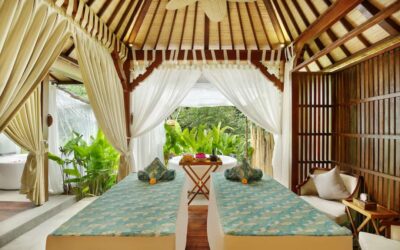The History of tropical architecture can be traced back to the ancient Mayans, Aztec, and Incas. These civilizations constructed some of the most astonishing architectural feats in the region. The buildings they created were well suited to their environment – giving them a flow and feeling still sought after by modern architects trying to emulate that style in modern buildings.
Tropical architecture is as old as the pyramids
Over the past 6000 years there have been great civilizations that have thrived in tropical regions of the world. They built palaces, temples, and fortresses to rule their kingdoms. But they also build some of the best homes that could compete with any modern-day decorator out there. The history of Tropical Architecture is an interesting story that goes back thousands of years into the empires of the past, but it still has a present today.
Welcome to the world of pre-Hispanic Mayan architecture. Located in Mesoamerica, a part of the ancient Mayan world, the Yucatan Peninsula served as an incubator for modern and ancient tropical architecture and artifacts. In fact, it is from these mystical lands that the term “Tropical Architecture” was derived.
The first rudimentary structures were based on materials readily available at the time, such as wood or limestone. These materials, however, required more maintenance than their stonier counterparts: stone structures were extremely resistant to humidity and pests, while wood tended to degrade from both moisture and fungus.
There are a lot of people today seeking to learn how were homes built in the Mayan time. One of the great historical monuments that are being investigated is the Mayan pyramid that stands proudly and majestically as the oldest human-made structure on earth.
Colonial Homes
The architectural style of colonial homes and buildings in the tropics is different from that of other countries because it is influenced by the local climate, particularly the near sun-soaked countryside.
Caribbean colonial architecture focuses mostly on the parts of a house that are traditionally influenced by the tropical climates. The interior design or style of a house is often created with variations of wood or other natural materials.
People living in these islands generally do not usually build adobe-style houses that are popular in other countries such as Mexico. Instead, they create homes by combining the traditional ideas of home design with styles from European Countries. Furniture is also usually made from hardwood, mahogany, and other solid woods to help keep the homes protected from hurricanes and storms.
Imagine life before air-conditioning, in a colony where inhabitants suffered from tropical diseases all year round. Life was hard, and it was no wonder that these houses were sparsely furnished.
![]() Modern tropical architecture
Modern tropical architecture
Modern tropical architecture takes on a new meaning in many parts of the world. There is nothing wrong with these design inputs, whether rustic or just well-crafted from the first place. These places are there and they are there to stay, even in the face of building codes and other regulatory rules. That is because they are found to be perfectly harmonic with nature and they blend in a manner that does justice to the environment as well. In short, the modern tropical architecture is not something that will come out of a box of cold metal and brick; rather it will always have some characteristics associated with that area or even those that are global in nature.

